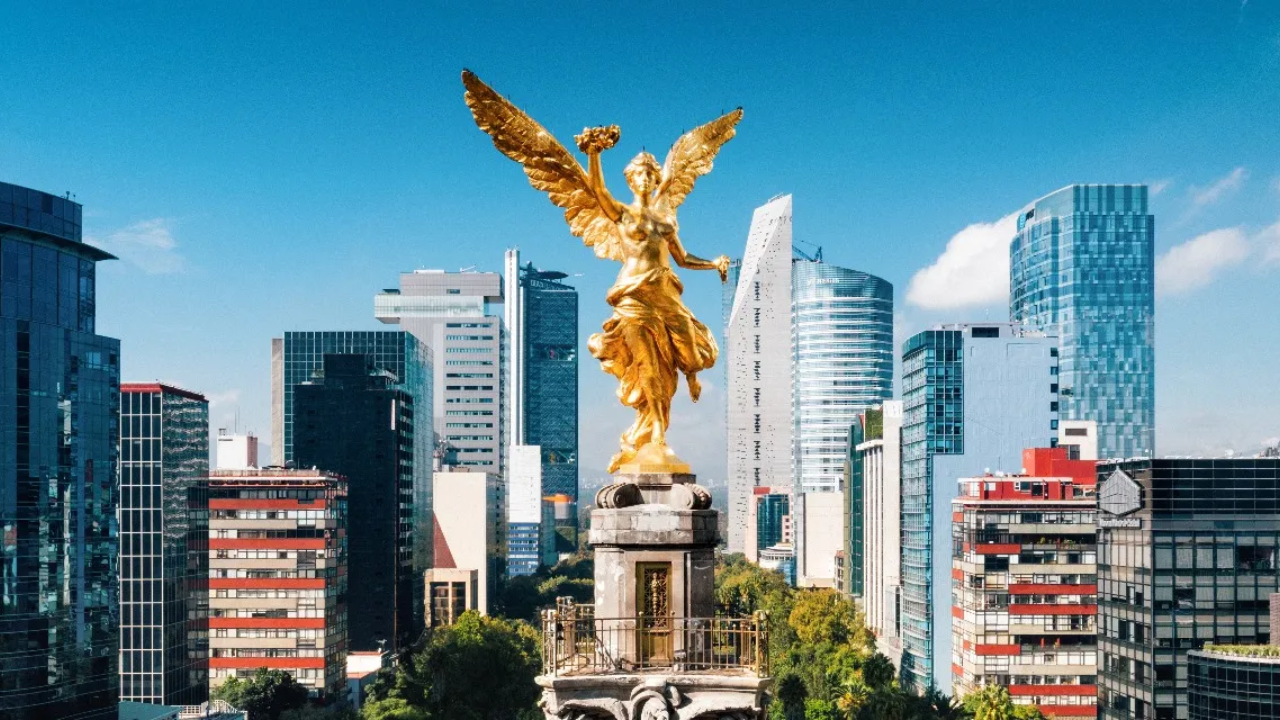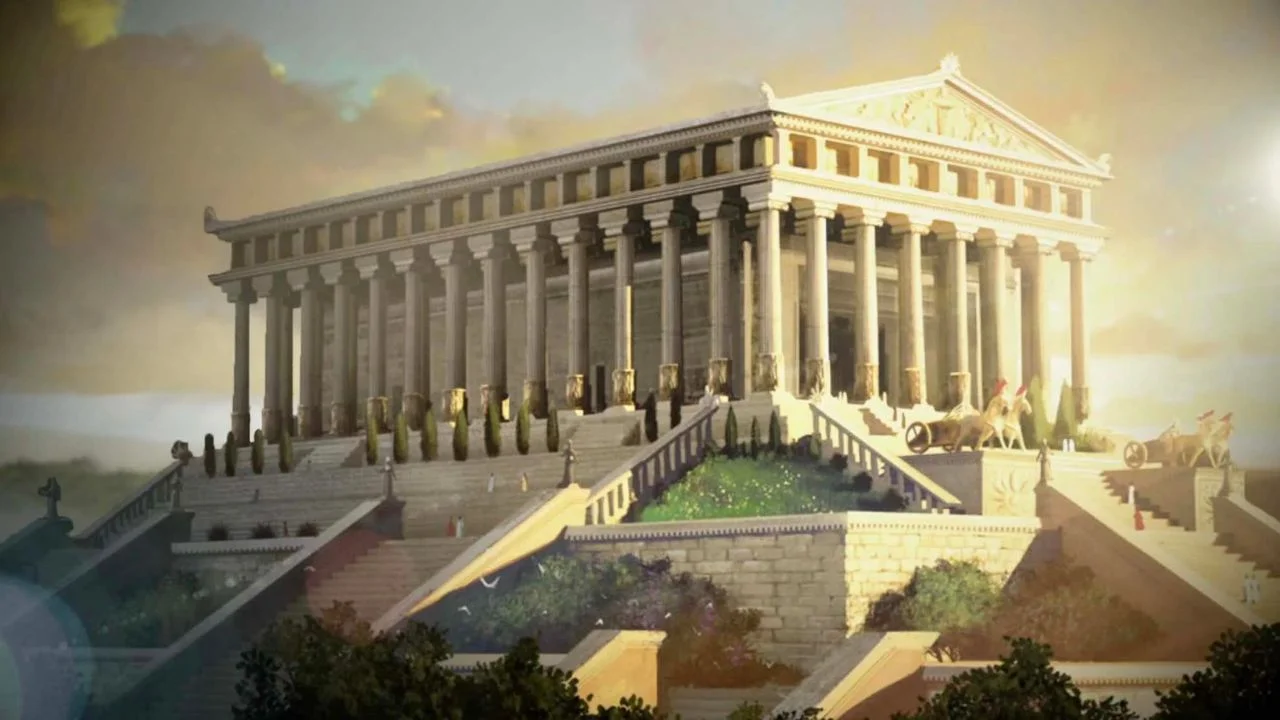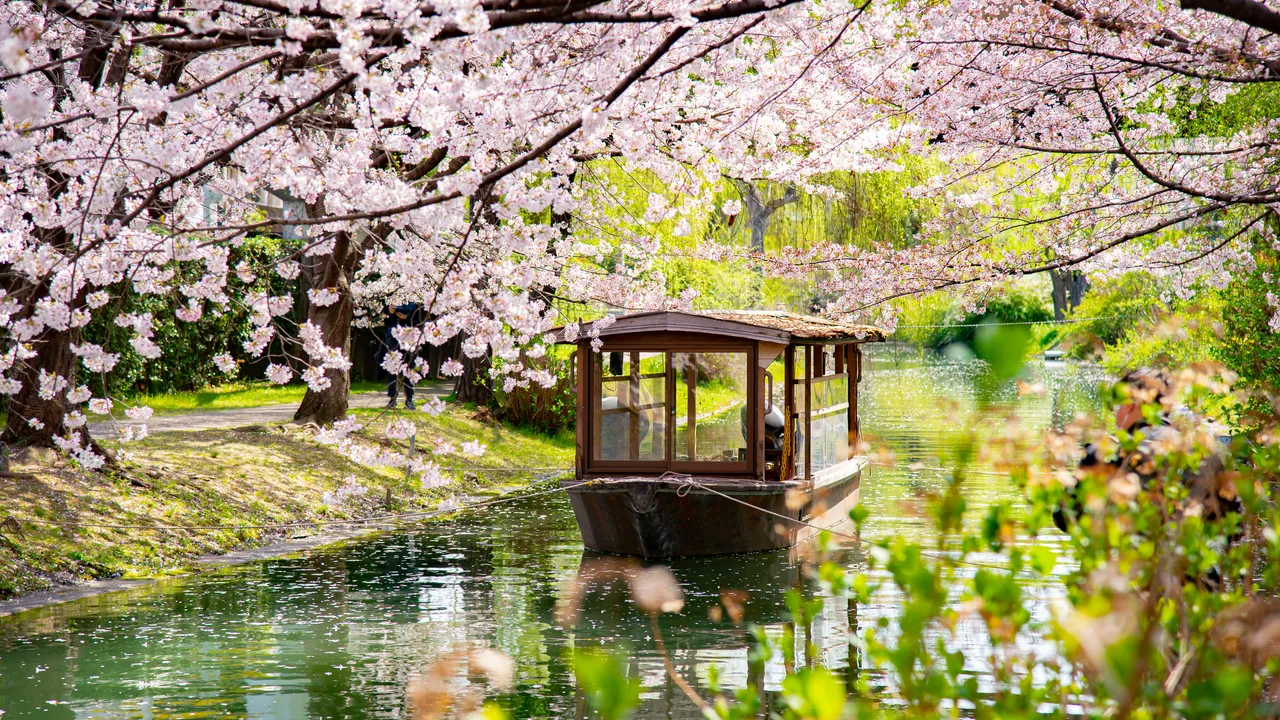Why Mexico in 2025?
Mexico’s allure lies in its diversity. Spanning deserts, jungles, mountains, and coastlines, it offers landscapes as varied as its 68 indigenous languages and countless traditions. Home to 26 UNESCO World Heritage Sites, Mexico is a cradle of civilization, with Aztec, Maya, and colonial legacies shaping its identity. In 2025, the country is more accessible than ever, with modern airports, reliable bus networks like ADO, and a growing emphasis on sustainable tourism. Despite media misconceptions about safety, most tourist areas—like Cancún, Oaxaca, and San Miguel de Allende—are secure and welcoming, with local authorities prioritizing visitor safety. This article dives into Mexico’s grandeur through its top destinations, cultural highlights, and practical advice, ensuring your 2025 adventure is both enriching and seamless.
1. Mexico City: The Heart of the Nation
Mexico City, or Ciudad de México (CDMX), is a high-octane metropolis that blends ancient roots with cosmopolitan flair. As North America’s largest city by population, it’s a cultural powerhouse with world-class museums, vibrant markets, and a thriving art scene.
- Must-Visit Sites:
- Zócalo and Templo Mayor: The main square, built atop the Aztec city of Tenochtitlán, houses the Metropolitan Cathedral and the Templo Mayor ruins, a window into pre-Hispanic Mexico.
- Frida Kahlo’s Casa Azul: In Coyoacán, this cobalt-blue museum celebrates the iconic artist’s life and work. Book tickets weeks in advance due to highdemand.
- Palacio de Bellas Artes: A cultural landmark with stunning murals by Diego Rivera and performances like the Ballet Folklórico.
- Xochimilco: Navigate colorful trajinera boats through ancient canals, a UNESCO site that reflects Mexico City’s Aztec past.
- Experiences: Take a free walking tour of the historic center, savor tacos al pastor at Taquería Los Cocuyos, or explore the Anthropology Museum’s Aztec artifacts.
Tips: Use the Metro or Uber for affordable transport. Stay in safe neighborhoods like Roma Norte or Polanco, known for boutique hotels and trendy eateries.
2. Oaxaca: A Cultural and Culinary Gem
Oaxaca, nestled in a valley surrounded by craggy mountains, is Mexico’s gastronomic and cultural heart. Home to Zapotec and Mixtec heritage, it’s a city of colorful colonial architecture, bustling markets, and mezcal distilleries.
- Highlights:
- Monte Albán: A UNESCO-listed Zapotec ruin with panoramic views, just 20 minutes from the city.
- Mercado 20 de Noviembre: Sample mole negro, tlayudas, and chapulines (grasshoppers) at this vibrant market.
- Hierve el Agua: Petrified waterfalls and natural infinity pools in the Oaxacan sierra, perfect for a day trip.
- Día de los Muertos: Oaxaca’s October-November celebrations feature candlelit altars, parades, and cemetery vigils, offering a profound cultural experience.
- Experiences: Join a mezcal-tasting tour, visit a weaving cooperative in Teotitlán del Valle, or take a cooking class to master mole.
Tips: Stay in the historic center for walkability. Visit during the dry season (November–April) for clear skies. Oaxaca is safe for tourists, with a welcoming vibe ideal for first-timers.
3. Yucatán Peninsula: Beaches and Mayan Marvels
The Yucatán Peninsula, encompassing Quintana Roo, Yucatán, and Campeche, is Mexico’s crown jewel for beach lovers and history buffs. Its turquoise waters, white-sand shores, and ancient ruins make it a global favorite.
- Top Destinations:
- Chichén Itzá (Yucatán): A UNESCO site and New Seven Wonder, this Mayan city features the iconic El Castillo pyramid. Visit early to avoid crowds.
- Tulum (Quintana Roo): Stunning ruins perched on seaside cliffs, paired with bohemian beaches and cenotes (natural sinkholes) like Gran Cenote.
- Cancún and Playa del Carmen: Vibrant resort hubs with lively nightlife, snorkeling, and access to Isla Mujeres’ coral reefs.
- Mérida: A colonial city with colorful facades, haciendas, and proximity to Uxmal’s Mayan ruins.
- Experiences: Swim in Bacalar’s “Lagoon of Seven Colors,” dive in Cozumel’s world-class reefs, or explore cenotes near Valladolid.
Tips: Rent a car for flexibility in the Yucatán, but stick to Federal Highway 8 in Sonora for safety. Quintana Roo has a Level 2 advisory (exercise increased caution), but Cancún and Tulum are generally safe. Use reef-safe sunscreen to protect coral ecosystems.
4. San Miguel de Allende and Guanajuato: Colonial Charms
Central Mexico’s colonial heartlands, San Miguel de Allende and Guanajuato, offer cobblestone streets, vibrant festivals, and artistic legacies.
- San Miguel de Allende:
- Parroquia de San Miguel Arcángel: A pink-hued Gothic church dominating the town’s jardín (main square).
- Art and Expat Culture: Known for galleries, craft markets, and a thriving expat community, it’s a safe and walkable destination.
- Festivals: The Day of the Dead and San Miguel’s patron saint festival (September) feature parades and fireworks.
- Guanajuato:
- Alhóndiga de Granaditas: A historic museum tied to Mexico’s independence movement.
- Callejón del Beso: A narrow alley with a romantic legend, perfect for photos.
- Mummies Museum: A quirky attraction showcasing preserved bodies from a 19th-century cholera outbreak.
- Experiences: Wander Guanajuato’s colorful alleys, attend a callejoneada (musical street tour), or sip wine in nearby Valle de Guadalupe.
Tips: Both cities are safe and ideal for first-timers. Use private shuttles from León or Mexico City airports for easy access.
5. Copper Canyon and Baja California: Nature’s Grandeur
Mexico’s natural landscapes shine in the rugged Copper Canyon and the laid-back Baja California peninsula.
- Copper Canyon (Chihuahua):
- El Chepe Train: A scenic rail journey through dramatic canyons, waterfalls, and Tarahumara indigenous villages.
- Creel and Divisadero: Bases for hiking, zip-lining, and cultural tours with the Tarahumara.
- Best Time: July–November for lush greenery; December–May for vivid flora transitions.
- Baja California:
- Todos Santos: A bohemian surf town with art galleries and whale-watching (January–March).
- Cabo San Lucas: Luxury resorts, deep-sea fishing, and the iconic El Arco rock formation.
- Valle de Guadalupe: Mexico’s wine country, with over 100 wineries offering tastings and farm-to-table dining.
- Experiences: Ride El Chepe, kayak in Baja’s Sea of Cortez, or camp under desert stars.
Tips: Chihuahua has a “reconsider travel” advisory, so book guided tours for Copper Canyon. Baja California Sur is safer but saw increased violence in 2025; stick to tourist areas.
Cultural Riches: Festivals, Food, and Traditions
Mexico’s cultural grandeur is woven into its festivals, cuisine, and traditions, offering immersive experiences for travelers.
- Festivals:
- Día de los Muertos (October 31–November 2): A UNESCO-recognized celebration honoring the deceased with ofrendas (altars), marigolds, and skull motifs. Oaxaca and Pátzcuaro are prime spots.
- Guelaguetza (July, Oaxaca): A vibrant indigenous festival with dance, music, and regional costumes.
- Carnival (February, Mazatlán): Street parades, floats, and music rival Brazil’s festivities.
- Cuisine:
- Tacos: From al pastor in Mexico City to carne asada in Sonora, tacos are a national obsession.
- Mole: Oaxaca’s complex sauce, with up to 20 ingredients, is a culinary masterpiece.
- Street Food: Try elotes (grilled corn), tamales, and churros at markets like Mexico City’s La Merced.
- Traditions:
- Lucha Libre: Experience high-energy Mexican wrestling in Mexico City’s Arena México.
- Mariachi: Hear soulful ballads at Plaza Garibaldi or during festivals.
- Indigenous Heritage: Engage respectfully with communities like the Zapotec or Maya, supporting local artisans through purchases like textiles or pottery.
Tips: Book festival accommodations early. Learn basic Spanish phrases like “Gracias” or “Por favor” to connect with locals, as English isn’t widely spoken outside tourist hubs.
Practical Tips for Traveling Mexico in 2025
To ensure a safe and enriching trip, consider these practical tips tailored for 2025:
- Safety:
- Most tourist areas (Yucatán, Campeche, Quintana Roo) are safe, with Level 1-2 advisories (normal to increased caution). Avoid high-risk states like Chihuahua, Sinaloa, or Tamaulipas unless with a guided tour.
- Use common sense: avoid flashing valuables, stick to well-lit areas at night, and share your itinerary with family.
- Tap water isn’t safe; use bottled water or a filtered bottle like LifeStraw.
- Visas and Entry:
- Citizens of the US, Canada, EU, and Australia get visa-free entry for 180 days. Carry a valid passport and obtain a Forma Migratoria Multiple (FMM) at entry, either via e-gates or online.
- Keep your FMM safe; losing it incurs a $40 fine.
- Transportation:
- Flights: Affordable domestic airlines like Volaris connect major cities. Book early for deals.
- Buses: ADO buses are reliable for intercity travel, with online booking available. Avoid long overnight buses due to rare robbery risks.
- Local: Use Uber or official pink taxis in cities; colectivos are cheap for short distances.
- Budget:
- Mexico is affordable, with daily costs of $50-$150, including budget hotels ($30-$60), street food ($2-$5), and activities ($10-$50).
- Use Mexican Pesos (MXN); ATMs are widespread, but carry cash for markets and tips.
- Packing:
- Pack for warm weather (20-30°C), with layers for cooler highlands like Mexico City. Include reef-safe sunscreen, a sun hat, and comfortable shoes.
- Bring digestive meds like Pepto-Bismol for spicy cuisine.
- Sustainability:
- Support local businesses by buying from artisans or dining at family-run comedores.
- Avoid single-use plastics; use a reusable water bottle and tote bag.
- Best Time to Visit:
- Dry Season (November–April): Ideal for beaches, ruins, and festivals, with mild temperatures and low humidity.
- Wet Season (May–October): Lush landscapes and lower prices, but expect rain and occasional hurricanes in coastal areas.
Itinerary Suggestion:
- 7 Days: Mexico City (3 days), Oaxaca (4 days).
- 14 Days: Add Yucatán (Tulum, Chichén Itzá, Mérida).
- 21 Days: Include San Miguel de Allende, Guanajuato, and Copper Canyon or Baja California.
Addressing Safety Perceptions
Media often portrays Mexico as unsafe, but this oversimplifies a vast country. Tourist hubs like Cancún, Tulum, and San Miguel de Allende report low crime rates, with incidents largely confined to specific areas tied to organized crime, far from visitor zones. The U.S. State Department assigns Level 1-2 advisories to popular states like Yucatán and Quintana Roo, akin to many European destinations. Travelers on platforms like X praise Mexico City’s vibrant culture and safety in areas like Polanco, urging others to visit with confidence. Exercise standard precautions—avoid isolated areas at night, use reputable transport, and stay informed via the Smart Traveler Enrollment Program (STEP).
Final Thoughts
Mexico Grande is more than a destination; it’s a vibrant mosaic of history, culture, and natural splendor that leaves an indelible mark on every traveler. In 2025, Mexico invites you to explore its ancient pyramids, savor its fiery cuisine, and dance to its infectious rhythms. From the cosmopolitan buzz of Mexico City to the tranquil beaches of Tulum, this nation offers experiences that are as grand as its spirit. Plan your trip during the dry season, embrace sustainable practices, and immerse yourself in the warmth of Mexican hospitality. Whether you’re chasing adventure, culture, or relaxation, Mexico delivers it all with unmatched grandeur. Pack your bags, learn a few Spanish phrases, and let Mexico Grande steal your heart.





Leave a Reply